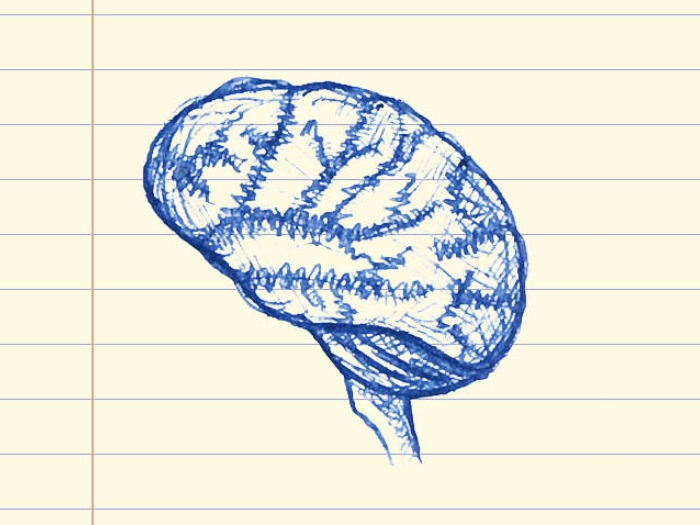New basic science and clinical research identifies TAU, the same protein studied in the development of Alzheimer’s, as a biomarker for glioma development.
12:55 PM
Author |

A protein typically associated with neurodegenerative diseases like Alzheimer's might help scientists explore how gliomas, a type of cancerous brain tumor, become so aggressive.
The new study, in mouse models and human brain tumor tissues, was published in Science Translational Medicine and found a significant expression of the protein TAU in glioma cells, especially in those patients with better prognoses.
Patients with glioma are given a better prognosis when their tumor expresses a mutation in a gene called isocitrate dehydrogenase 1 (IDH1). In this international collaborative study led by the Instituto de Salud Carlos III-UFIEC in Madrid, Spain, those IDHI mutations stimulated the expression of TAU. Then, the presence of TAU acted as a brake for the formation of new blood vessels, which are necessary for the aggressive behavior of the tumors.
"We report that the levels of microtubule-associated protein TAU, which have been associated with neurodegenerative diseases, are epigenetically controlled by the balance between normal and mutant IDH1/2 in mouse and human gliomas," says co-author Maria G. Castro, Ph.D., a professor of neurosurgery and cell and developmental biology at Michigan Medicine. "In IDH1/2 mutant tumors, we found that expression levels of TAU decreased with tumor progression."
That means levels of TAU could be used as a biomarker for tumor progression in mutant IDH1/2 gliomas, Castro says.
Her team, funded by the National Institutes of Health, collaborated with lead and senior study authors at the Centro de Biología Molecular "Severo Ochoa" and the Instituto de Salud Carlos III-UFIEC, both in Madrid. Those researchers are funded by the Spanish Ministry of Economy and Competitiveness (MINECO) and the Spanish Association Against Cancer (AECC).
"The IDH-TAUEGFR triad defines the neovascular landscape of diffuse gliomas," Sci. Transl. Med. DOI: 10.1126/scitranslmed.aax1501
Adapted from a press release from the Glioma Lab (group leader Pilar Sánchez-Gómez) at the Instituto de Salud Carlos III-UFIEC in Madrid, Spain.

Explore a variety of health care news & stories by visiting the Health Lab home page for more articles.

Department of Communication at Michigan Medicine
Want top health & research news weekly? Sign up for Health Lab’s newsletters today!





